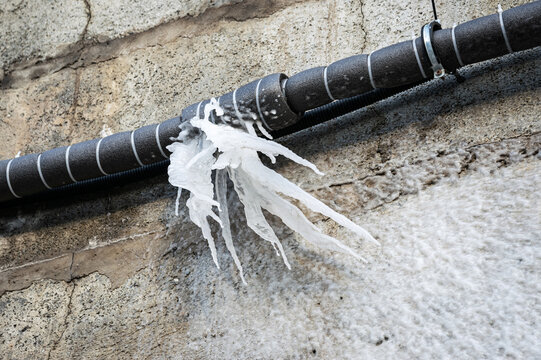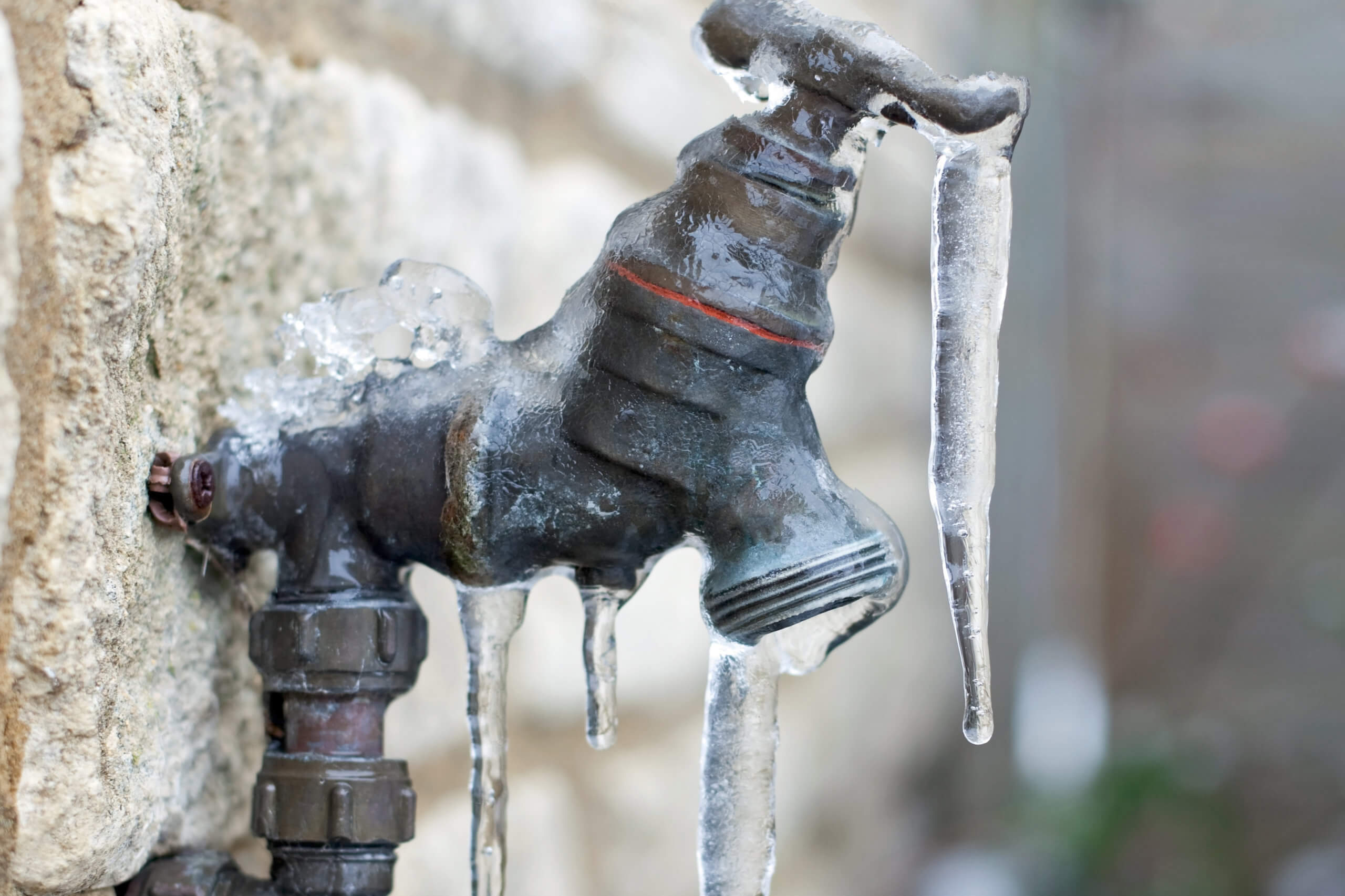Essential Tips for Preventing Frozen Plumbing in Cold Weather Conditions
Essential Tips for Preventing Frozen Plumbing in Cold Weather Conditions
Blog Article
How do you actually feel on the subject of How to prepare your home plumbing for winter weather?

Winter can damage your pipes, especially by freezing pipelines. Right here's how to stop it from taking place and what to do if it does.
Intro
As temperature levels decline, the threat of icy pipes boosts, potentially leading to pricey repairs and water damages. Comprehending just how to stop frozen pipes is critical for home owners in cool environments.
Recognizing Icy Pipes
What triggers pipelines to ice up?
Pipelines ice up when exposed to temperatures listed below 32 ° F (0 ° C) for prolonged periods. As water inside the pipes ices up, it expands, putting pressure on the pipe walls and potentially causing them to break.
Risks and damages
Icy pipelines can bring about water system disruptions, residential or commercial property damage, and pricey fixings. Burst pipes can flood homes and create extensive structural damages.
Signs of Frozen Pipes
Identifying icy pipes early can prevent them from bursting.
How to recognize frozen pipes
Search for decreased water circulation from faucets, unusual smells or sounds from pipes, and visible frost on revealed pipelines.
Prevention Tips
Protecting susceptible pipelines
Wrap pipes in insulation sleeves or make use of heat tape to protect them from freezing temperature levels. Concentrate on pipelines in unheated or exterior areas of the home.
Heating methods
Keep indoor rooms appropriately heated up, especially locations with pipes. Open up closet doors to enable warm air to circulate around pipelines under sinks.
Safeguarding Outdoor Pipes
Yard hose pipes and outside faucets
Separate and drain yard hose pipes before winter season. Set up frost-proof faucets or cover exterior taps with shielded caps.
What to Do If Your Pipes Freeze
Immediate actions to take
If you suspect frozen pipelines, keep faucets open up to ease pressure as the ice thaws. Utilize a hairdryer or towels soaked in warm water to thaw pipes slowly.
Long-Term Solutions
Architectural adjustments
Think about rerouting pipes far from exterior walls or unheated locations. Include extra insulation to attic rooms, basements, and crawl spaces.
Updating insulation
Buy high-quality insulation for pipes, attic rooms, and walls. Correct insulation aids keep regular temperatures and lowers the risk of frozen pipelines.
Conclusion
Avoiding icy pipes calls for aggressive actions and fast responses. By understanding the causes, signs, and safety nets, home owners can shield their pipes throughout winter.
5 Ways to Prevent Frozen Pipes
Drain Outdoor Faucets and Disconnect Hoses
First, close the shut-off valve that controls the flow of water in the pipe to your outdoor faucet. Then, head outside to disconnect and drain your hose and open the outdoor faucet to allow the water to completely drain out of the line. Turn off the faucet when done. Finally, head back to the shut-off valve and drain the remaining water inside the pipe into a bucket or container. Additionally, if you have a home irrigation system, you should consider hiring an expert to clear the system of water each year.
Insulate Pipes
One of the best and most cost-effective methods for preventing frozen water pipes is to wrap your pipes with insulation. This is especially important for areas in your home that aren’t exposed to heat, such as an attic. We suggest using foam sleeves, which can typically be found at your local hardware store.
Keep Heat Running at 65
Your pipes are located inside your walls, and the temperature there is much colder than the rest of the house. To prevent your pipes from freezing, The Insurance Information Institute suggests that you keep your home heated to at least 65 degrees, even when traveling. You may want to invest in smart devices that can keep an eye on the temperature in your home while you’re away.
Leave Water Dripping
Moving water — even a small trickle — can prevent ice from forming inside your pipes. When freezing temps are imminent, start a drip of water from all faucets that serve exposed pipes. Leaving a few faucets running will also help relieve pressure inside the pipes and help prevent a rupture if the water inside freezes.
Open Cupboard Doors
Warm your kitchen and bathroom pipes by opening cupboards and vanities. You should also leave your interior doors ajar to help warm air circulate evenly throughout your home.

Do you like more info about How to Prevent Your Pipes From Freezing? Write a comment down below. We will be glad to know your opinion about this write up. In hopes that you come back again in the future. Be sure to take a moment to promote this blog posting if you enjoyed reading it. I am grateful for your time. Revisit us soon.
This Website Report this page